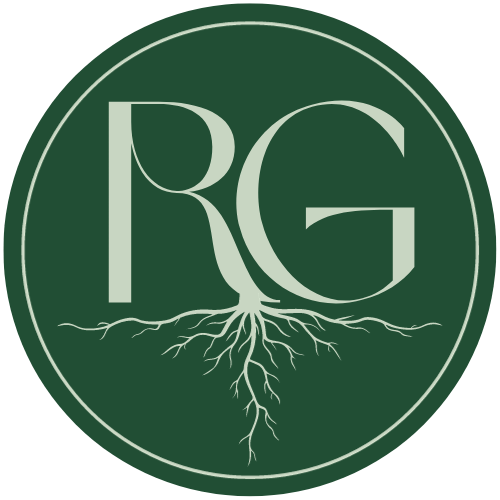How to Start Building Your Family Tree
Building your family tree is an exciting and accessible way to explore your family history. With advancements in research methods, such as genetic genealogy and affordable DNA tests, a wealth of tools and technologies are available to kickstart your genealogical journey. But not quite sure how to get started? This guide breaks down exactly how to start the research process.
Gather Key Information about Known Family Members
Start by listing important facts about yourself and your direct relatives, working backward through each generation. Start with what you know, even if you aren’t 100% sure if what you know is true. List the dates and places for important events like birth, marriage, and death. Don't forget to note the names of siblings or other household members, and any additional information you may have. Try chatting with immediate and extended family members, such as parents, aunts, uncles, and grandparents, to see what your family already knows. Even vague stories like “your great-grandpa worked on a farm in Saskatchewan” can help to uncover intricate and exciting family histories.
Choose the Right Genealogy Website
Most genealogy websites feature a tree builder, which is usually the easiest way for beginners to start putting their family research together. Websites like Ancestry, MyHeritage, Findmypast, and FamilySearch are some of the most popular choices among family historians. While most platforms offer free tree-building options, access to full record databases and advanced research features usually requires a subscription. You’ll want to consider the following factors when choosing a genealogy website:
What is the range of record access available on each platform, including both free and paid resources? Websites like FamilySearch offer valuable free resources to kickstart your research, while paid platforms like Ancestry and MyHeritage provide enhanced features for deeper exploration. Take advantage of free trials offered by paid websites to test multiple platforms before committing.
What is the regional focus of the website? Ancestry caters primarily to North American genealogy, while MyHeritage and Findmypast are more popular among UK-based family researchers. Look into which platform offers the most relevant resources for your heritage.
Can you chat and collaborate with other researchers? Explore member networks and collaboration options. Platforms like FamilySearch heavily rely on user collaboration for building comprehensive trees, while others provide optional features like user messaging and access to user-submitted content such as family photos and non-database documents.
Have you taken a DNA test? Use genetic genealogy to build your family tree by linking a DNA test to your research. Platforms like Ancestry and MyHeritage provide in-house DNA tests, automatically linking to your tree (if available) and unlocking ancestor suggestions. You can also upload your raw DNA file to versatile platforms such as GEDMATCH. These platforms offer DNA analysis but not DNA testing. This opens up possibilities to discover DNA matches beyond a single genealogy website. Prioritize your research goals and choose the platform that aligns with your specific needs for a comprehensive DNA testing experience. Also take the time to understand what are you consenting to by providing a company with your DNA sample for non-medical testing. Always read the company’s privacy policy before purchasing a DNA kit.
Start Building Your Tree
Once you've chosen a genealogy website, begin entering the information you've gathered. Genealogy platforms use algorithms to match the details you provide with their record collections, offering suggested records likely linked to your ancestors. Depending on the platform and subscription requirements, you can review these records and determine if they match your ancestor. Documents like census and birth records often include information about other family members, making it easier to expand your family tree and verify facts.
Discovering your family history by building your family tree is a fun way to connect with your roots and learn about the histories that shaped you. As you get further along in your research journey, working with a genealogical researcher can unlock even more exciting family stories. Happy tracing!


